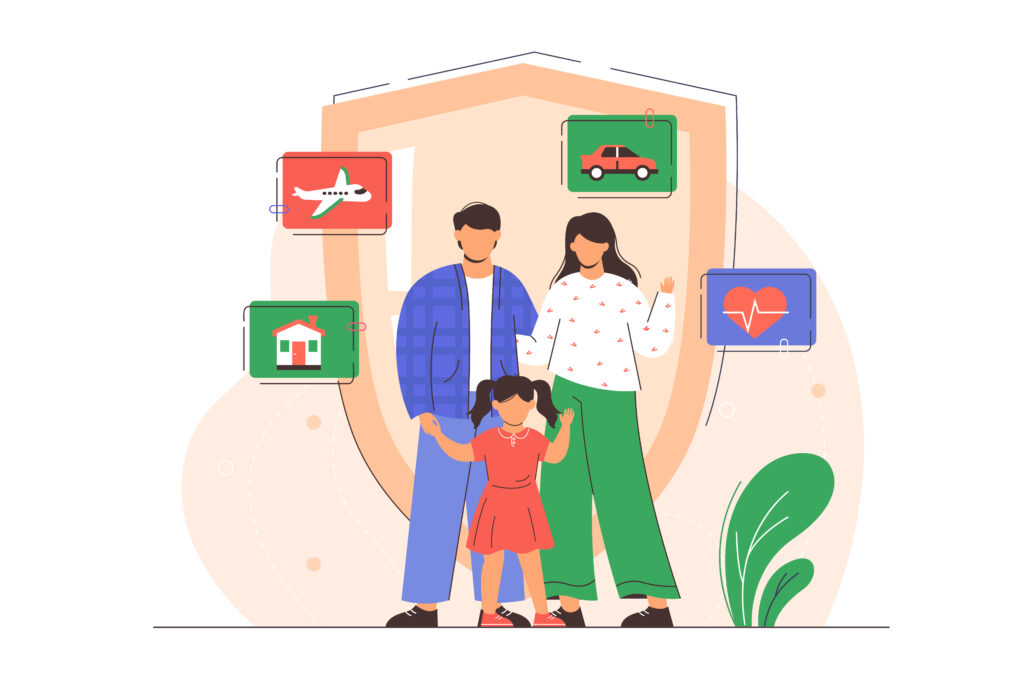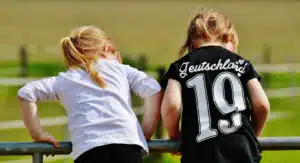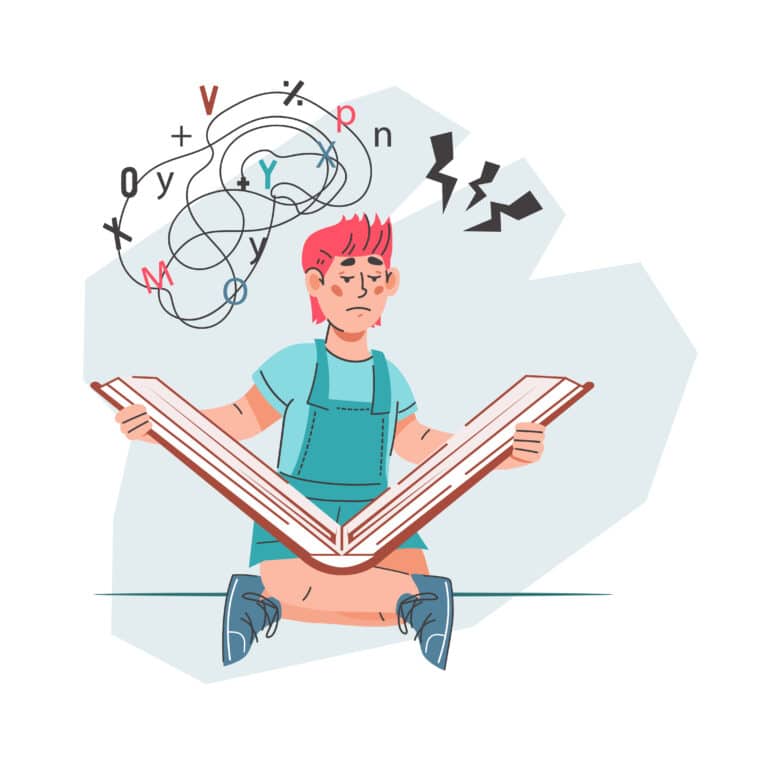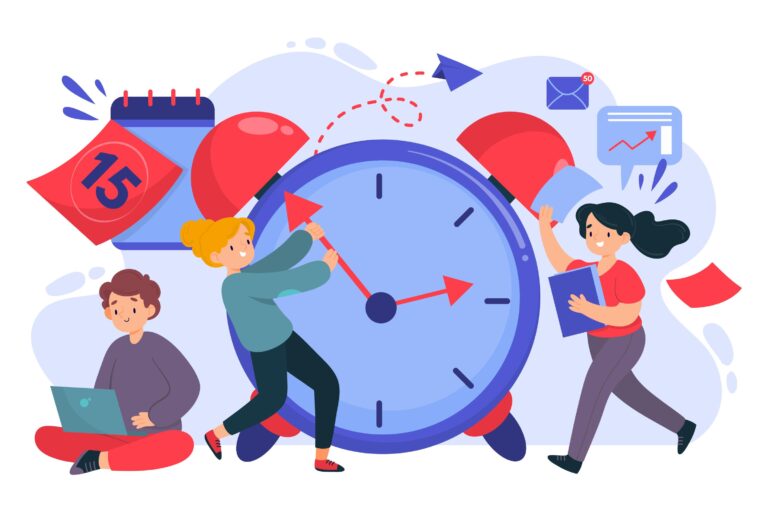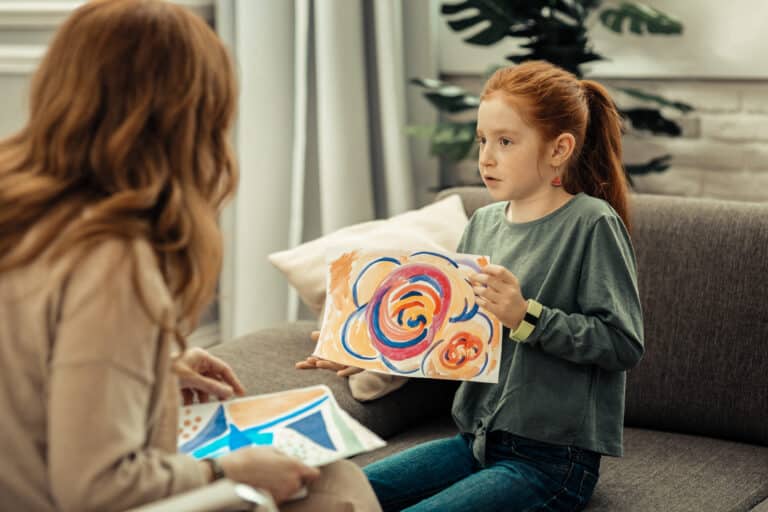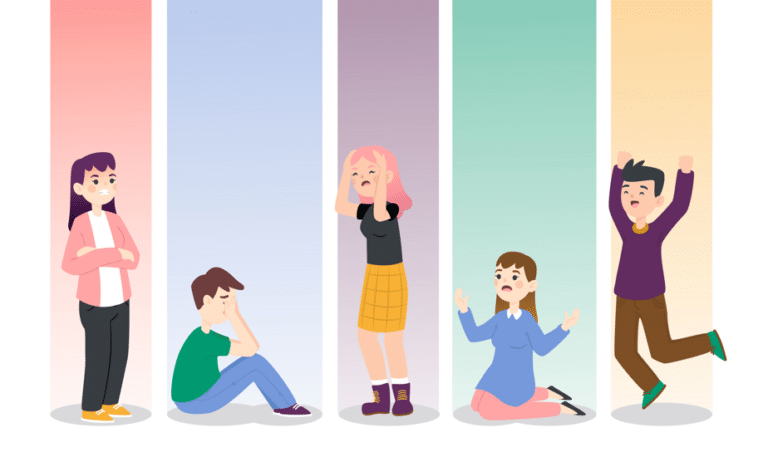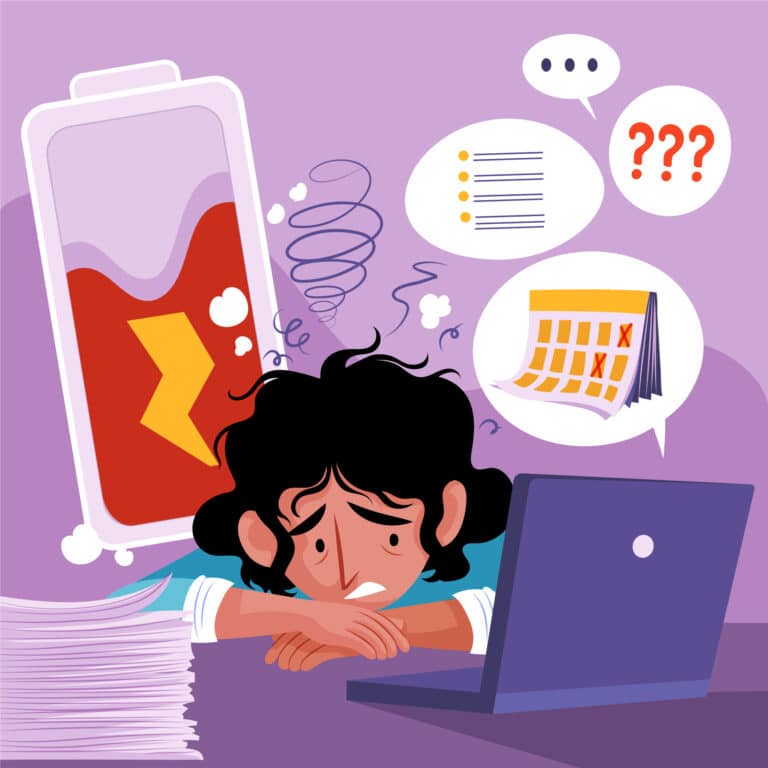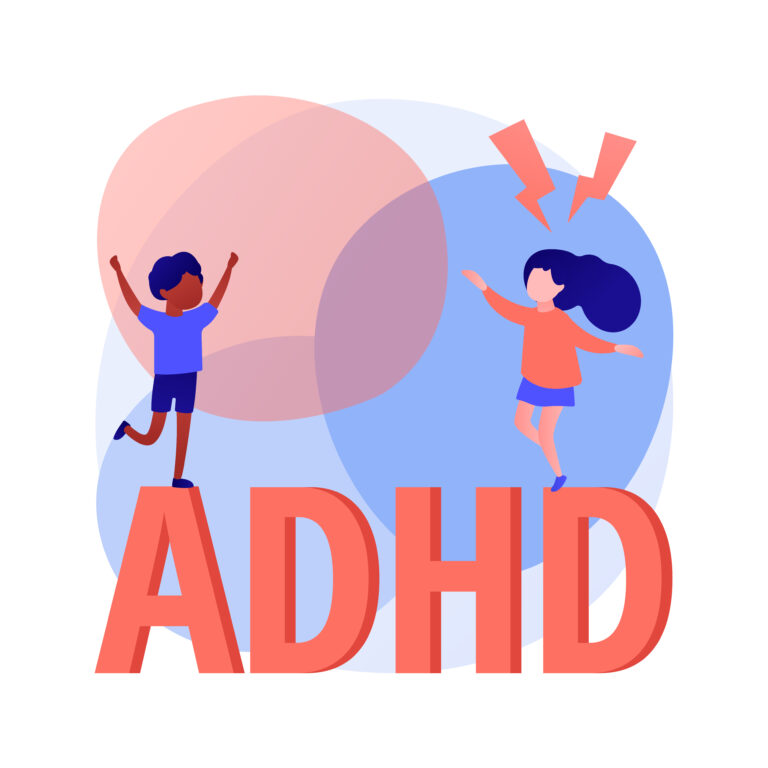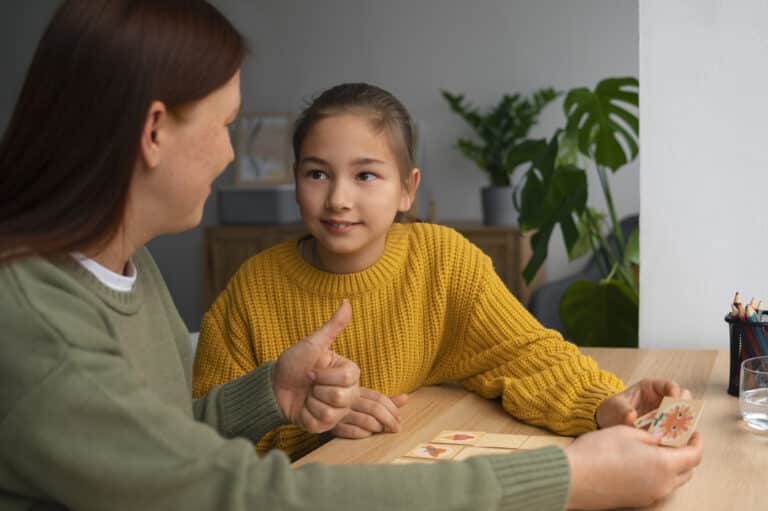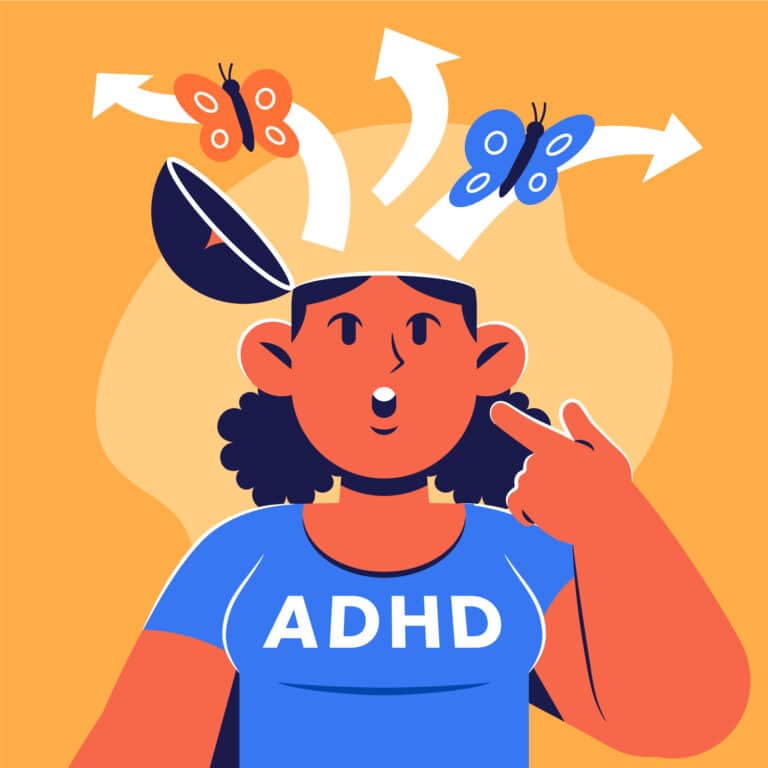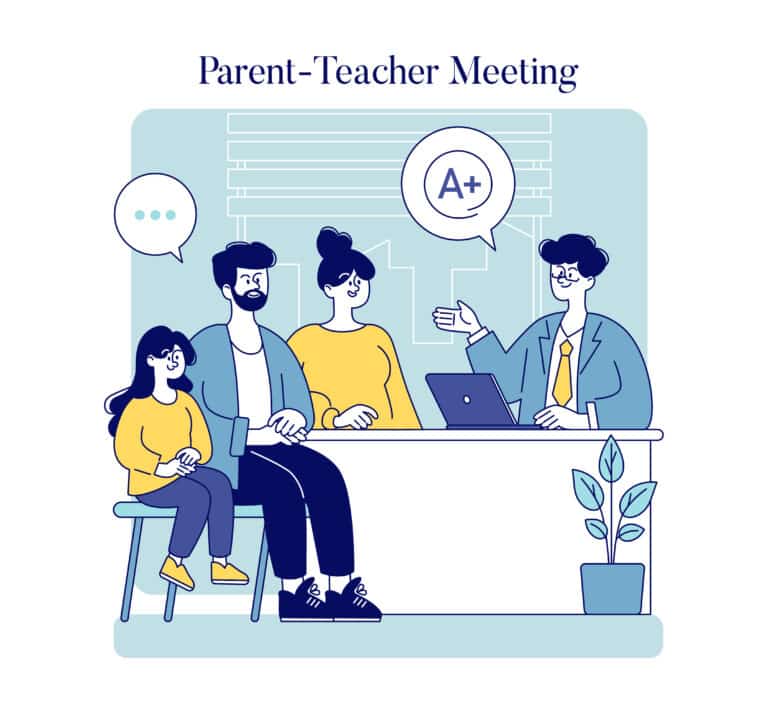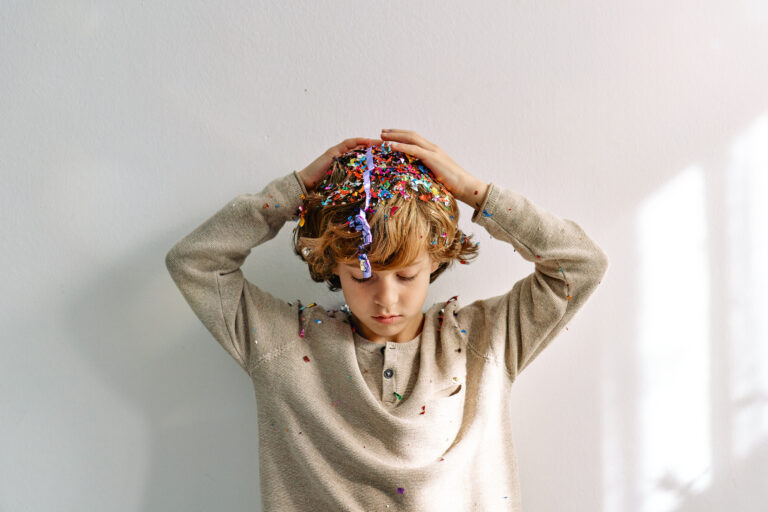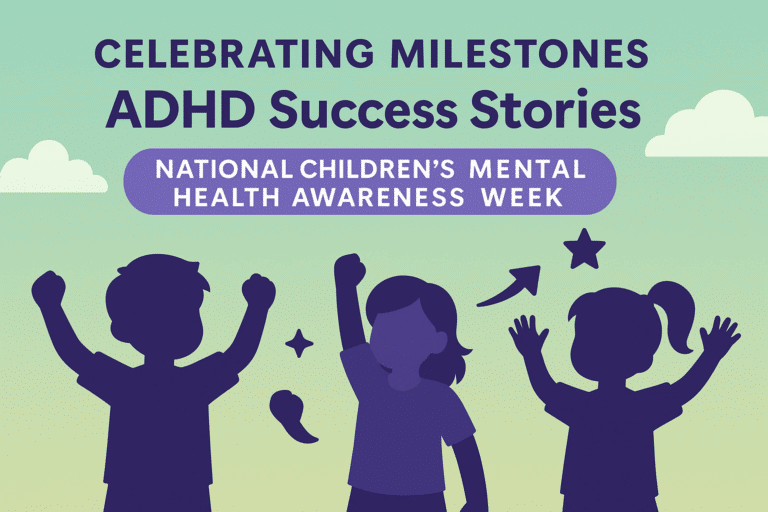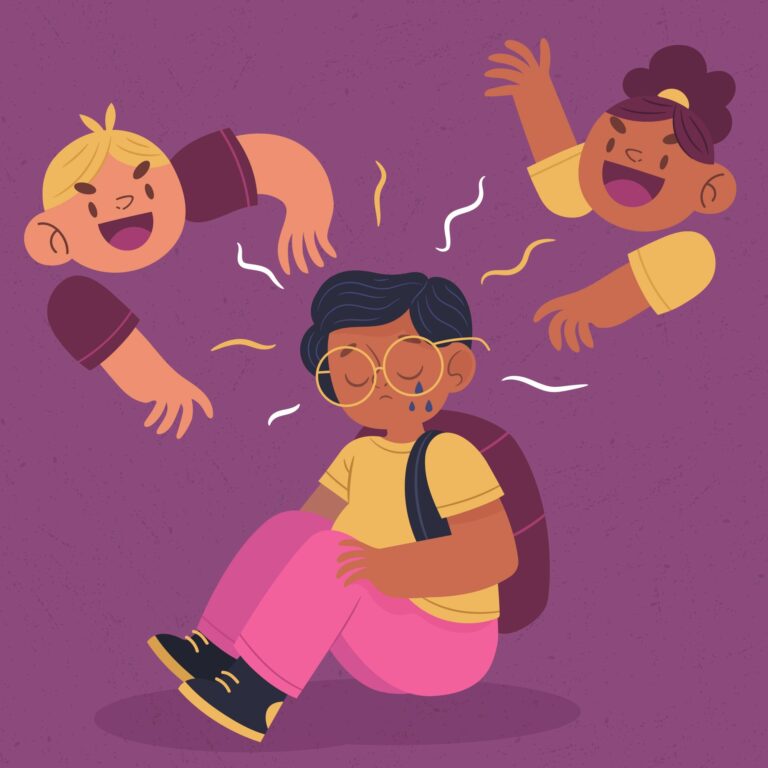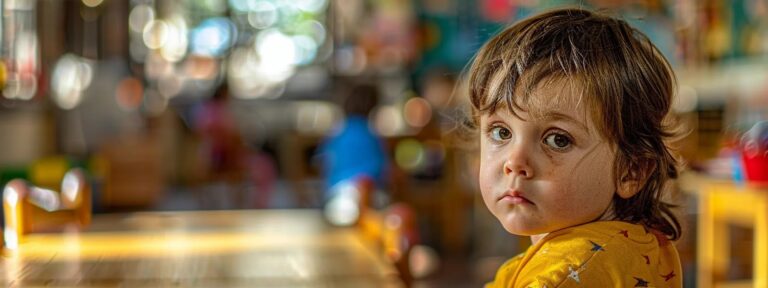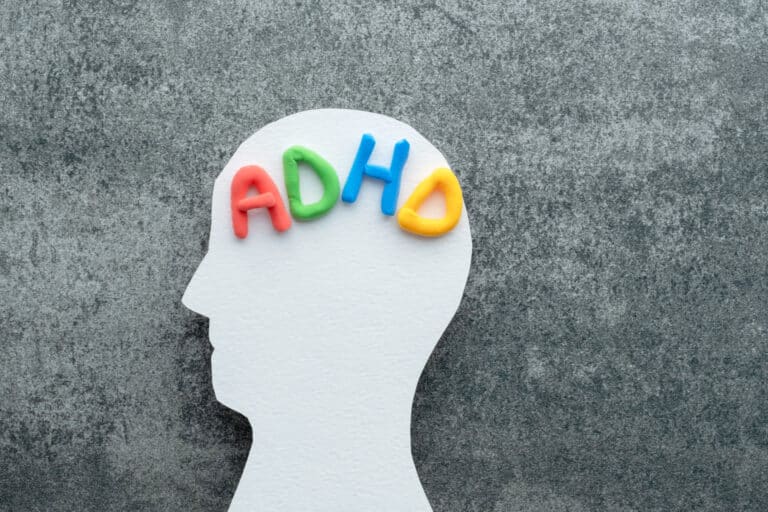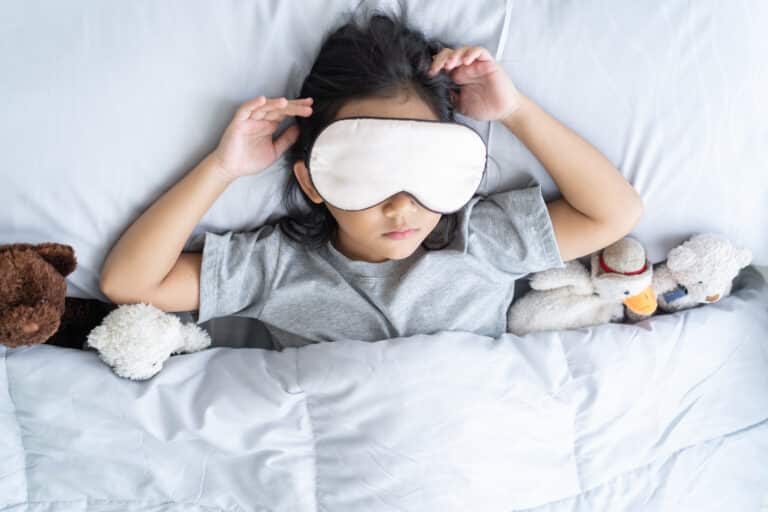September is National Preparedness Month, an opportunity to ensure that families are ready for emergencies. For children with ADHD, anxiety, or depression, emergency preparedness goes beyond safety—it’s about fostering a sense of security and control. Here’s how effective preparation can make a positive impact on children’s mental health and well-being:
1. The Power of Routine and Structure
Children with ADHD thrive on structure. Routines help them manage their symptoms by providing predictability, which reduces stress. Emergencies can disrupt this sense of order, leading to increased anxiety and behavioral challenges. By creating an emergency preparedness plan with clear steps and routines, families can offer stability during uncertain situations. Activities such as preparing an emergency kit together or setting regular times to review safety plans can help children feel more engaged and secure, even when the unexpected happens.
At Pathformers, we emphasize the importance of routine management for children with ADHD. Our courses provide practical strategies for maintaining structure, even during disruptions, to help children feel more grounded and less overwhelmed. The role of routine and structure in emergency preparedness for ADHD cannot be overstated, as it builds a foundation of predictability and safety.
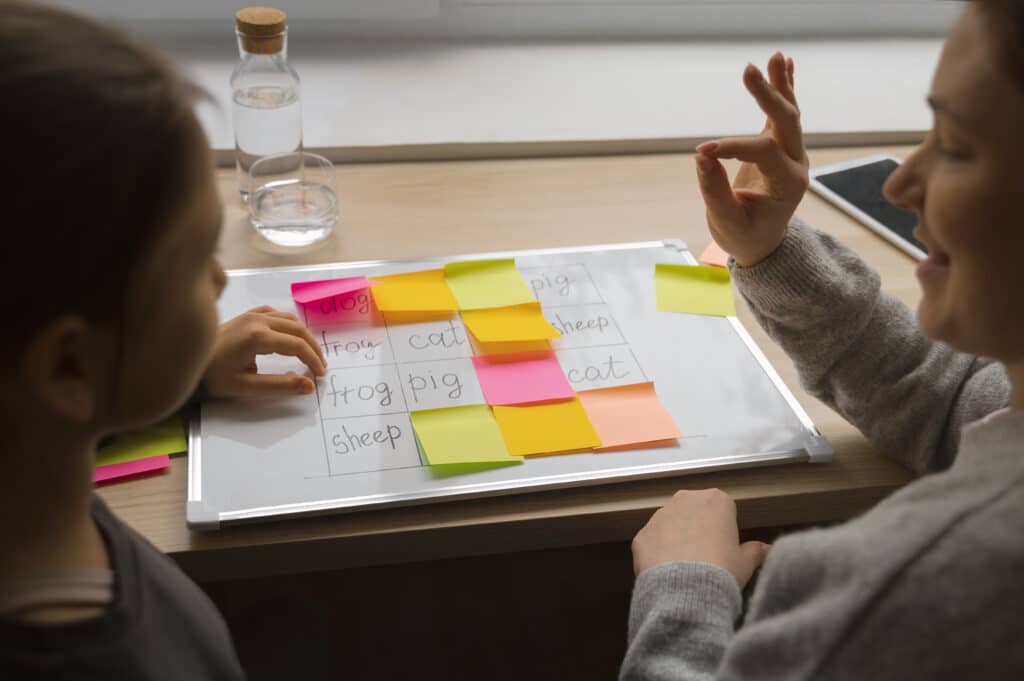
2. Reducing Anxiety Through Planning
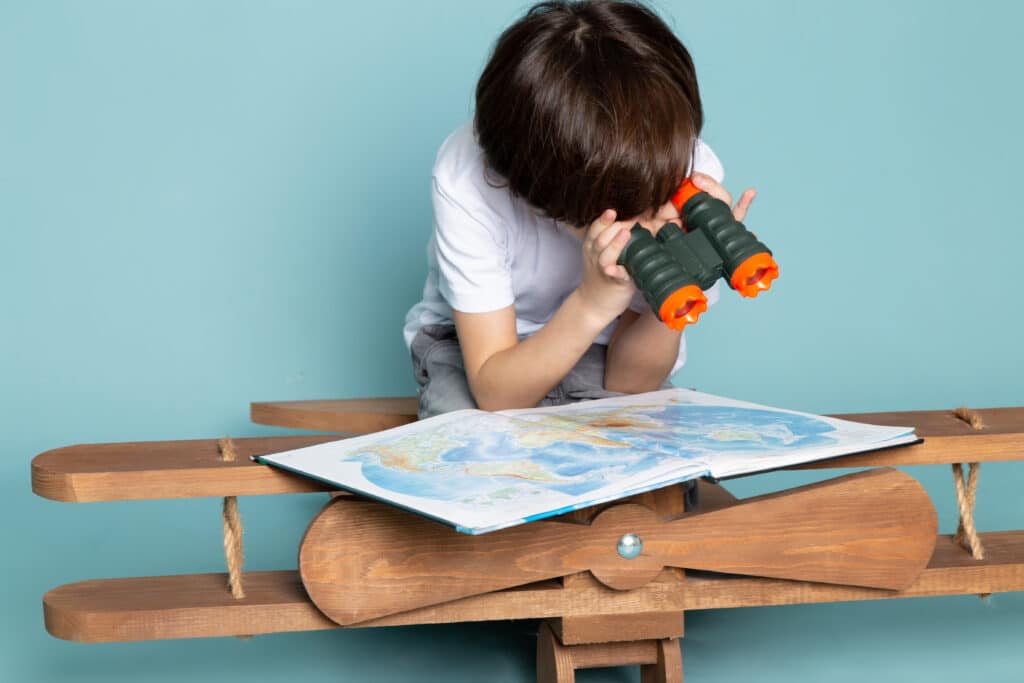
Anxiety often stems from a fear of the unknown, which can be especially pronounced during emergencies. Preparing ahead by creating escape routes, assembling emergency kits, and practicing drills can help ease this fear. For children with anxiety, knowing there’s a plan in place can provide comfort and reduce stress. Reducing anxiety in children through emergency planning not only ensures safety but also fosters confidence.
Pathformers’ expert-led courses guide parents on how to discuss emergency preparedness with their children in ways that are calming and empowering. These conversations can transform what might be a stressful topic into an opportunity for building confidence and resilience. Practical emergency planning tips for families with neurodiverse children are a core part of our resources, helping families navigate these challenges with clarity.
3. Managing Mental Health After a Crisis
Emergencies can trigger heightened symptoms of anxiety and depression, especially if they lead to prolonged disruptions. Children with pre-existing mental health conditions may be particularly vulnerable to the psychological impacts of disasters. A preparedness plan that includes mental health care—such as ensuring continuity of medications, planning for therapy, and maintaining access to comforting routines—can support recovery. Planning for continuity of mental health care during emergencies is essential to ensure children receive consistent support even during challenging times.
Pathformers encourages families to incorporate mental health resources into their emergency plans, ensuring children are equipped to manage stress and anxiety. Our courses help parents learn how to comfort their children, recognize signs of stress, and address them proactively. Pathformers: Empowering parents to support kids with ADHD during emergencies offers insights into maintaining a sense of calm and security.
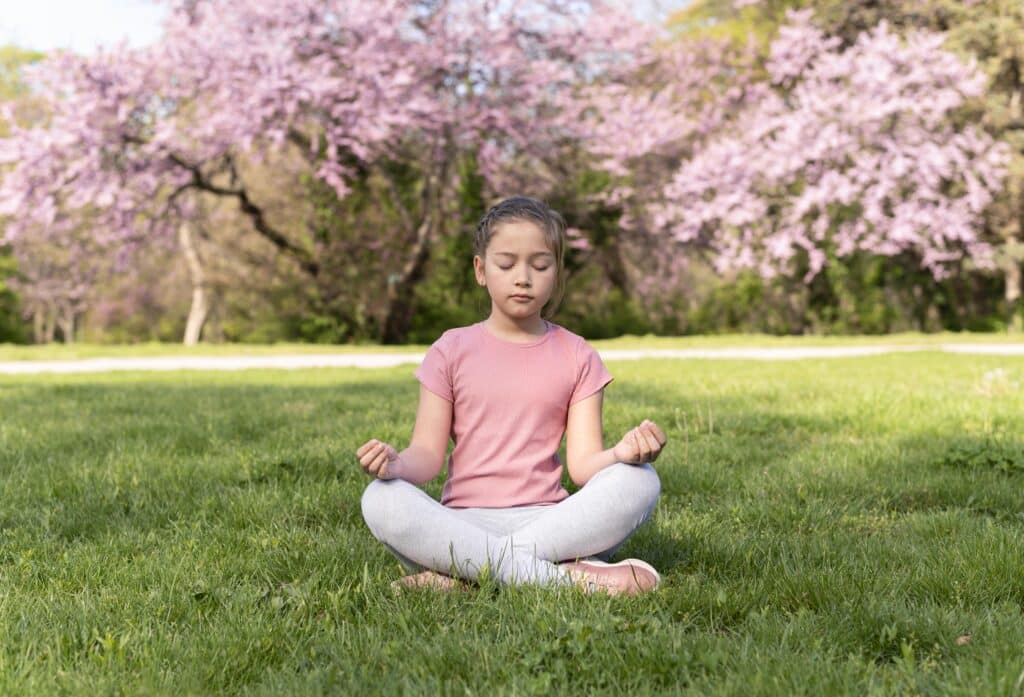
4. Practical Preparedness Tips for Families
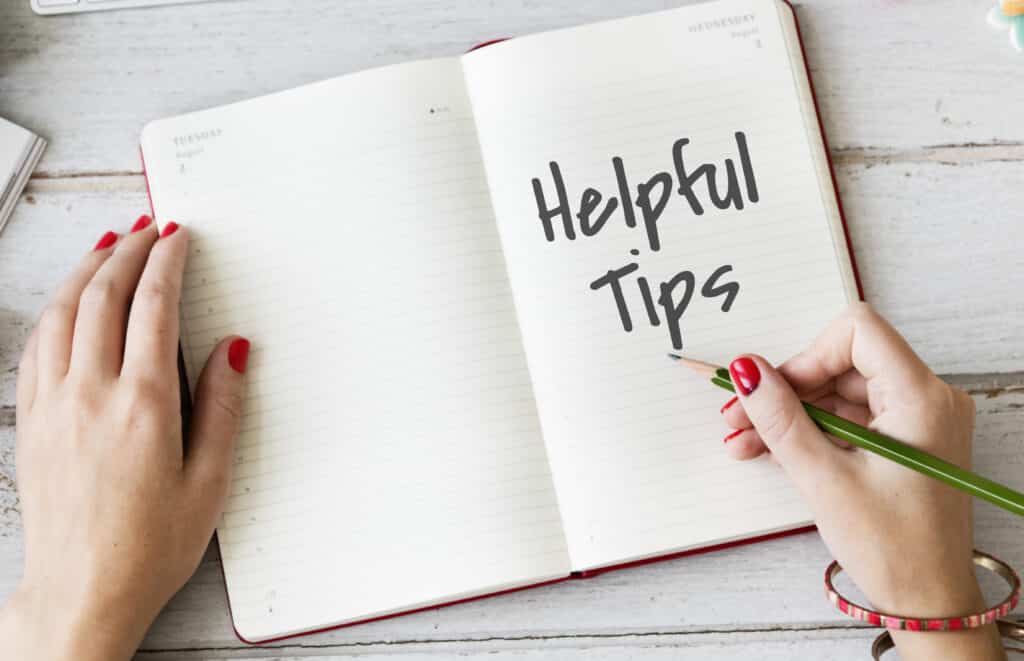
- Create a Checklist Together: Involving children in emergency preparedness can reduce fear by giving them an active role. Let them choose items for the emergency kit and help map out the plan. This simple step empowers kids and makes the process less intimidating.
- Practice Familiar Scenarios: Engaging children in emergency drills can make a chaotic situation feel less daunting. Regularly practicing drills and reviewing the plan helps children become more familiar, reducing the likelihood of panic during a real event. Building resilience in kids with mental health conditions through preparedness means providing them with repeated exposure to potential scenarios.
- Incorporate Comfort Items: For children with ADHD or anxiety, creating a comforting emergency kit is key. Include sensory items like noise-canceling headphones, fidget toys, or comfort objects to help them stay calm.
5. Empowering Conversations
Talking openly about what to expect and how to respond during an emergency can help children feel more prepared. At Pathformers, we encourage parents to engage in supportive, age-appropriate conversations that address children’s questions and concerns. Providing clear, simple explanations about what will happen and what actions to take can alleviate anxiety and foster a sense of readiness. How preparedness empowers children with anxiety and depression lies in these compassionate and honest discussions.
Preparedness is not just about physical safety; it’s about emotional well-being too. By taking steps to prepare, families can create a sense of stability that supports mental health, helping children with ADHD, anxiety, or depression feel more secure and confident. At Pathformers, we are dedicated to providing the resources and strategies parents need to navigate these challenges, building resilience and peace of mind along the way.


